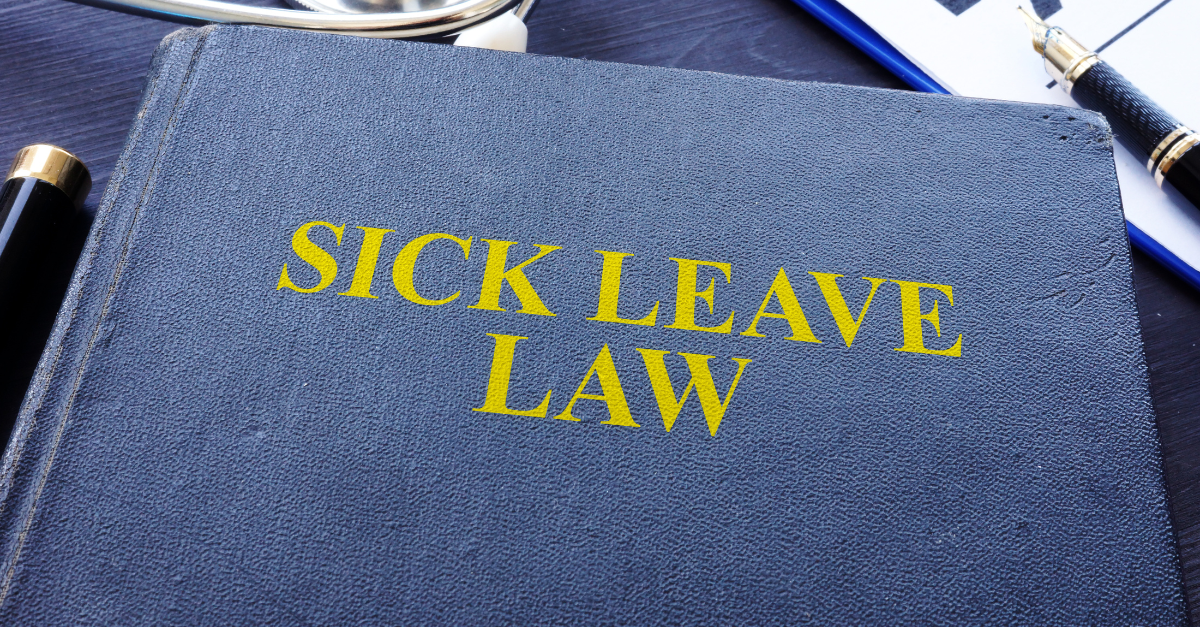The B.C. government has introduced Bill 30, the Employment Standards (Serious Illness or Injury Leave) Amendment Act, which proposes to establish a new unpaid, job-protected leave for employees facing a serious personal illness or injury. Currently, while B.C.’s Human Rights Code prohibits discrimination on the basis of disability which may include a serious personal illness or injury, the Employment Standards Act has no such leave guarantees.
The proposed 27‑week entitlement aligns with federal Employment Insurance (EI) sickness benefits duration, and to match standards already in place federally and in certain provinces.
Bill 30 is expected to pass this fall, and when it does, changes to the ESA will come into force on Royal Assent; we expect the Bill to pass by the end of the fall legislative session (which is early December). Important to note will be that, like with other ESA leaves, benefits will need to continue on same terms, employment and terms and conditions of employment must not change due to the leave, and the employee should be returned to their position at the end of the leave. Returning the employee to “a comparable position” while provided for under the ESA may run afoul of human rights legislation and/or the ESA.
Key Features of Bill 30
- New unpaid, job-protected leave: Up to 27 weeks within any 52‑week period for employees unable to work due to a serious personal illness or injury lasting at least one week.
- Length of time with employer: In its Bill form, there is no requirement for the employee to have worked a certain amount of time with the employer in order to be eligible for this new leave; however, the Bill leaves room for this to be prescribed by regulation at a later date.
- Leave structure: Leave must be taken in units of one or more weeks and can be taken consecutively or in multiple non‑consecutive week-long blocks, allowing for episodic or treatment-based absences.
- Medical certification: Employees must obtain a certificate from a health practitioner (medical practitioner, nurse practitioner, or other prescribed professional) confirming inability to work, the start date (or expected start date), and the expected return-to-work date; employees must provide the certificate to the employer as soon as practicable.
- Timing mechanics: Leave begins on the first day of the week when the medical inability begins and ends on the last day of the week when the earliest of (i) the expected return date, (ii) 27 weeks used, or (iii) 52 weeks from leave start occurs. Limited “further leave” is permitted without a new certificate if the employee returns and then relapses before the certificate’s return date and within the 52‑week window.
- Regulations:
- In addition to medical practitioners and nurse practitioners, the Government may prescribe (by regulation), other designated health professionals who can provide a certificate to an employee in support of their entitlement to the serious personal illness or injury leave.
- As noted above, the Bill adds a regulation-making power with respect to requiring a minimum number of consecutive days of employment before eligibility.
Please contact a member of our Labour + Employment group if you have any questions regarding how Bill 30 interacts with your workplace’s existing leave programs. We will be sure to update you once this Bill becomes law.




